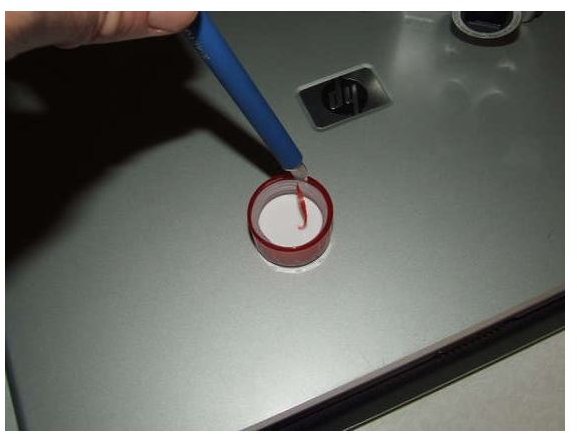Table of Content
Dave Williams is a travel photographer and writer, and photography and Photoshop instructor, from the UK. Find Dave at idavewilliams.com or @idavewilliams on all platforms. Alex Baker is a commercial photographer based in Valencia, Spain. She mostly shoots people and loves anything to do with the outdoors. You can see her work on her website and follow her Spanish landscape adventures on instagram.
We often ignore it as we naturally don’t tend to look close up at the things around us. If you want to enhance macro images of products, this “Matte” preset will come in handy. The filter will give your photo slight roughness, which will be accompanied by color saturation and cleaning the image from the faded film. To make the photo even more interesting, you can break the glass to create beautiful lines. Another amazing idea is to fill the glass with colored water. To receive a better result, you can put colored lights or other objects under the plate.
Introduction: How to Make a Macro Lens
Whatever you decide, stunning images are guaranteed. In my experience, you need to add some masking tape to properly diffuse light. Try it on your phone and make sure the lens sit right on the camera.

Light is under our control so weather is not a factor. If the saltwater has frozen completely, you waited too long. It should be a slushy liquid at the moment you submerge the containers of boiled water.
How to Make a Macro Lens
I recommend looking for simple subjects without intricate shapes to achieve the best result. If you shoot on the seashore, look for interesting artificial objects. Pay attention to beautiful harbors full of different colors.

Then you can organize the composition around this main leaf. Spice up the arrangement by including other elements. You can add plant fragments and branches to the composition and get an extraordinary photo. Or you may take a photo of a colored sheet among yellow leaves. Try catching that first snow you get in late fall, when everything around is crisp and white, a perfect backdrop.
Useful Tactics for Shooting Macro At Home
They take different shapes and forms, just choose the right angle. Just like the whole fruit or veggies, shots of cut-up ones will look great. In reality, very few macro photography examples feature the inside of the fruit, unless it is an unusual one, of course.

This particular macro photography gear tutorial is a bit controversial. Some folks just can’t fathom why one would tear apart an existing lens in order to create a new one. Often I’m also having to assist in adjusting the exposure upwards by one or two plots. When taking pictures against the window, you can also use an additional light source such as a flashlight. The light of the flashlight will reflect off the pane in the form of a large circle, thus imitating the sun or moon in this way.
This may actually be my favorite idea on the list, because the results you can get are beautiful and varied. All you need to do is drip some oil on a dish of water, then photograph the setup from above. For camera settings, it’s essential that you use a flash, or it will be almost impossible to get the droplet to freeze in midair. I also recommend an aperture of f/8 or narrower to give yourself more depth of field – and thus more room for error.

Dump the tripod, bump the shutter speed and ISO and shoot handheld. Aim to focus on the eyes and avoid getting in any details in the background. The cheapest and simplest option will be close-up lenses. These are simple filters that screw in over your front element and magnify the image. This filter will definitely become helpful if your shots are cold and dull. This action will make your macro photo warmer and more vivid without ruining its quality and changing the color range.
Set your camera on a timer, use the rear LCD for composition, and fold/curl it into some different shapes. The use of lighting in photography can be a tough nut to crack, but it’s much easier to tame it when you’re in home conditions. It allows you to better understand all this, and in addition you can play with the light and create the most intuitive effects. Being confined to home does not mean being restricted photographically.
Stones can become fascinating macro photography objects. Just like two snowflakes, no two stones are alike, each one has a unique shape, texture or color. Getting started in macro photography isn’t too daunting. And once you've acquired the basic equipment, you'll always be looking for tiny subjects to experiment with — let us show you a few for inspiration. I’ve been out today chasing dragonflies and trying to test some macro lenses, so what you say about needing training definitely resonates with me.


No comments:
Post a Comment